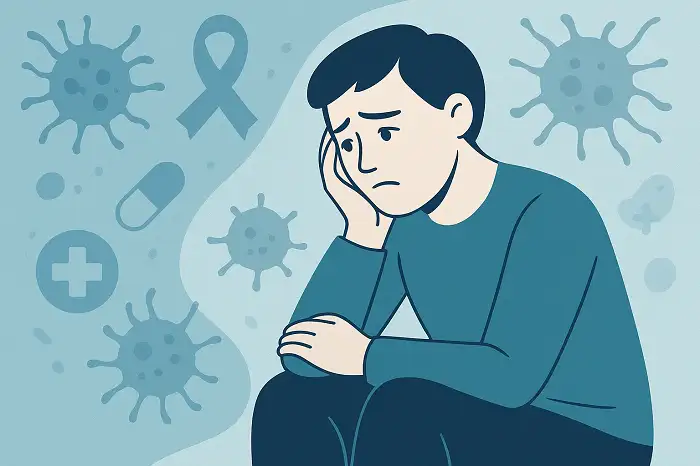English Documentary on Heart with Transcript, illustrated flashcards and a podcast for IELTS & TOEFL candidates to practice listening and vocabulary Source of documentary: National Geographic YouTube Channel https://www.youtube.com/watch?v=GMBSU-2GK3E Human heart The heart pumps blood throughout the body, carrying oxygen and nutrients to every cell. It's this circulation of blood that is vital to sustaining life. Structure of heart The heart is an organ made up of several tough layers of muscle. The pericardium is the thin layer that covers the exterior, while the endocardium lines the inside walls. Four chambers and valves of heart The heart is divided into four chambers, ...
Home » English Documentaries with Transcript » English Documentary on Heart with Transcript

English Documentary on Heart with Transcript
Updated: by Dr. Mohammad Hossein Hariri Asl
Time to Read: 3 minutes | 461 Views | 4 Comments on English Documentary on Heart with Transcript
Share This Post
About the Author
Dr. Mohammad Hossein Hariri Asl is an English and Persian instructor, educator, researcher, inventor, published author, blogger, SEO expert, website developer, entrepreneur, and the creator of LELB Society. He's got a PhD in TEFL (Teaching English as a Foreign Language).
Number of Posts: 4235



Heart is a really important thing to us and it works so cool that the upper chambers named Aterium receive blood and the lower chambers named Ventricels pump out blood.
You’re right, Soroosh. Most of the time, we take it for granted that our heart is down there beating like a delicate clock. This is because heartbeat is an involuntary activity and we are not aware of it.
The heart of the human being is to me, of the most incredible parts of the body. It is a small-sized muscle (almost as big as someone’s fist) and it beats an average of 100,000 times a day for our entire lives. I believe it’s somehow impossible to understand its true incredibleness.
Unlike our brain, human’s heart is not fundamentally different from other mammals. However, it doesn’t mean our sophisticated brain shall not take care of our fragile heart.